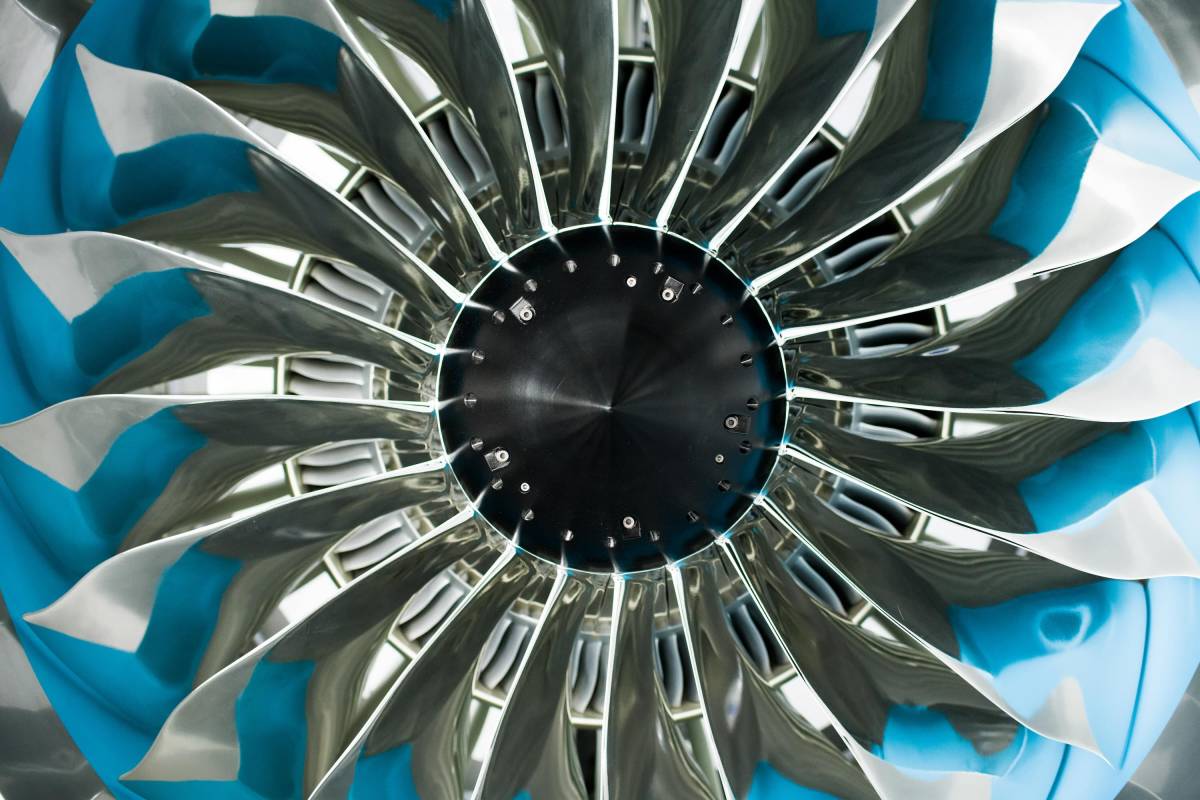Physical Address
304 North Cardinal St.
Dorchester Center, MA 02124
Physical Address
304 North Cardinal St.
Dorchester Center, MA 02124

September 11 left a permanent impression on Stephen Biton, and like many other generates, joined the army.
But at the American Air Force Academy, his journey took some rotation. There, the depths of chemistry studies have an interest in liquid fuel. “As a product on September 11, seeing the rise in oil prices, I always thought,” How can we replace fossil fuels? “I thought it was important for national security.”
Biton’s passion for Oxford transferred him to a doctorate and then returned to the United States where he had a series of publications with the US Air Force, including leading research projects, monitoring the quality of fossil fuel for the branch, and overseeing research and energy development investments.
After leaving the army, Beton wanted to find a company that focused on, guessed it, and created liquid fuel. “I was always obsessed with fuel.” But there was one problem: “fuel is the first terrible product.”
“Fuel is a commodity. It is very cheap. An fossil fuel industry had 150 years to improve size and cost.” “Your first product should be like a luxury product of the margin-Tesla Roadster. But perfectly, it cannot be far by making fuel.”
Biton says start it, Periodic fuelI found that the market: diamond implanted in the laboratory. Diamond is a pure carbon, and the chemical process used to make it require methane is almost free from impurities.
He said: “Methan usually sells anywhere from 100 to 300 times the price of natural gas,” which is between 40,000 dollars and 80,000 dollars per ton.
The circle makes methane by combining hydrogen and carbon from CO2. This idea is not new, but the way the company revolves is. Many companies are trying to convert the carbon dioxide that has been captured to fuel, but the process is often very expensive to challenge fossil fuels on the price. Biton admits that the circular cannot compete with most of the fossil fuels today, but if the company can expand its unique reactor, it believes it has an opportunity in the near future.
The secret start is a more selective incentive, which means it makes more target and methane molecule and less than unwanted things. The special reactor designed can capture carbon and make methane without the need for separate ships. The reactor can quickly heated so that the catalyst strikes its anesthetic faster, and re -use the waste temperature from the reaction that creates methane to operate carbon capture equipment.
In general, the generalization process uses 40 % lower energy than the competition company2To fuel paths, Biton said.
He said that the catalyst is very selective, the generalization can make the pure methane by 99.9999 % on a experimental scale cheaper than fossil fuel. “Even at the current hydrogen prices range from $ 5,000 to $ 7,000 per ton, we are profitable,” he said.
Biton said: “We imagine taking these same concepts and expanding their scope of methane, natural gas, and artificial natural gas, as well as other products.” The company wants to lead the electronic lawsuit price to the point where they can steal the market share of fossil fuels.
The reactor is designed to be standard, allowing methane and electronic fuel where it is required, providing transportation costs and reducing greenhouse gas emissions from leaked infrastructure. This is part of the DCVCS investments, as said by partner Zach Bouge Teccrunch. He said: “The current way to extract and transport natural gas is so leaked that we are actually better in burning coal.”
The circular was recently announced as the ARPA-E Prize, and the company is currently going through the final contract negotiations. The company was embraced in DCVC, where Beaton is a business entrepreneur, and the company provided funding before the seed. Between ARPA-E and grants from the California Energy Committee, the National Science Corporation, and the Stanford Tomat Sustainable Center, the company received $ 4.9 million of grants and awards.